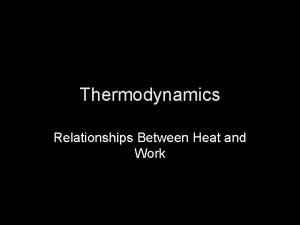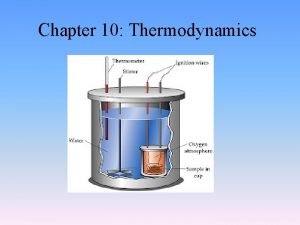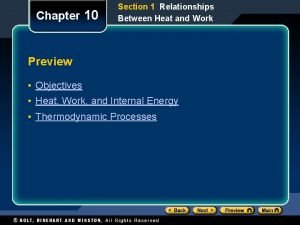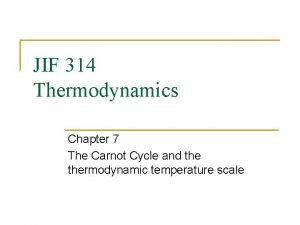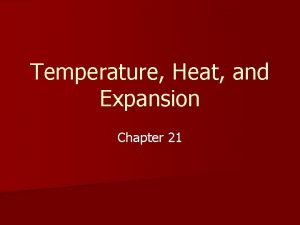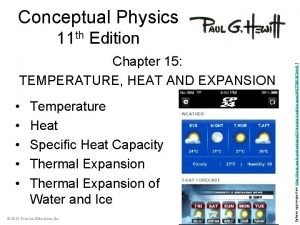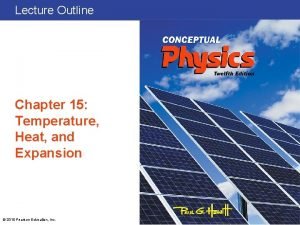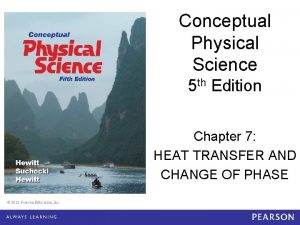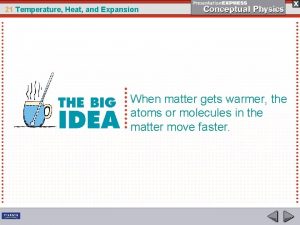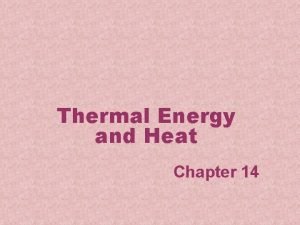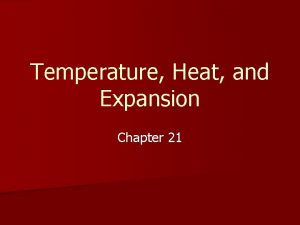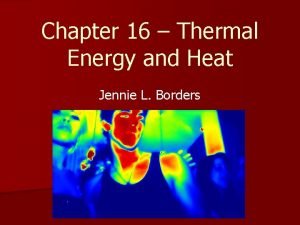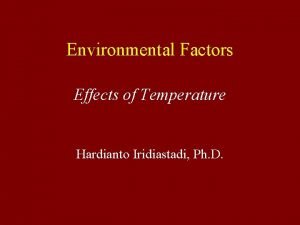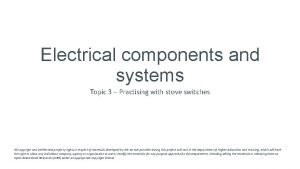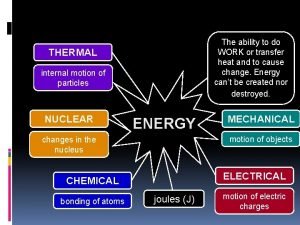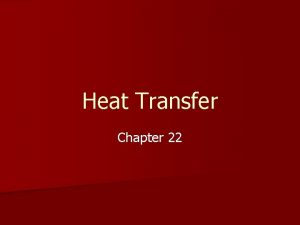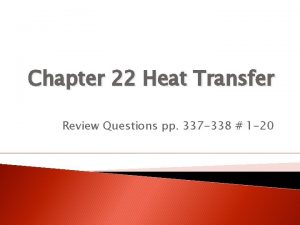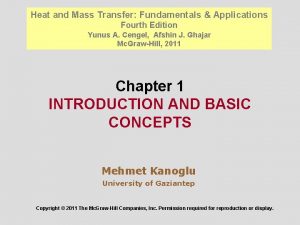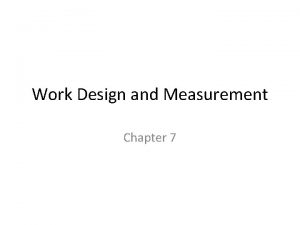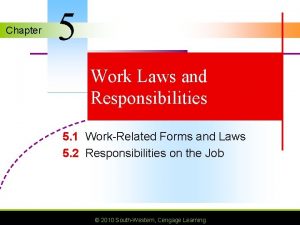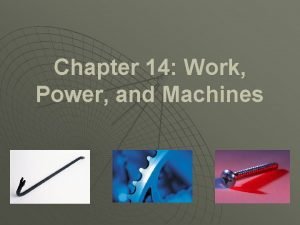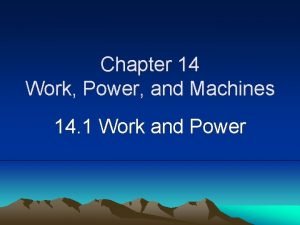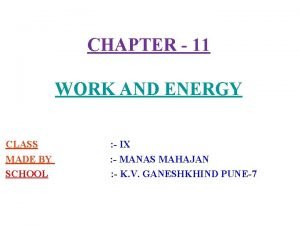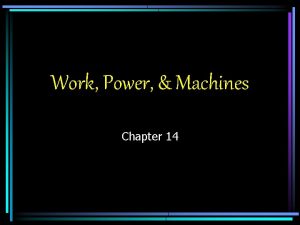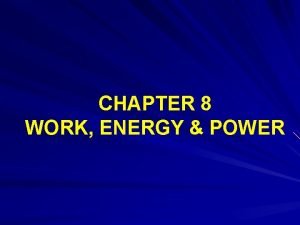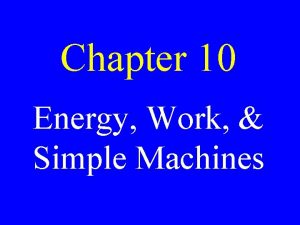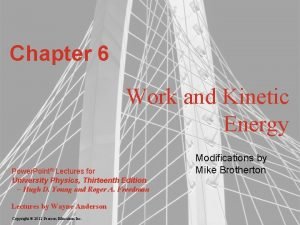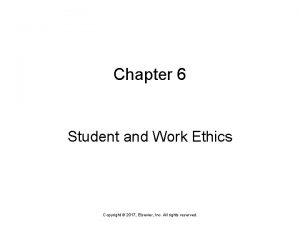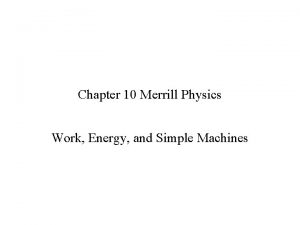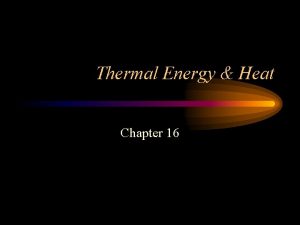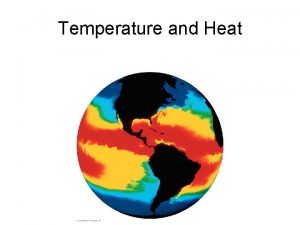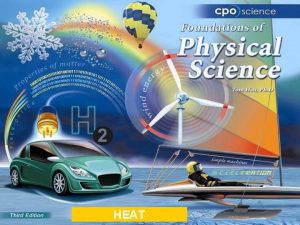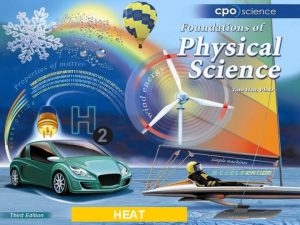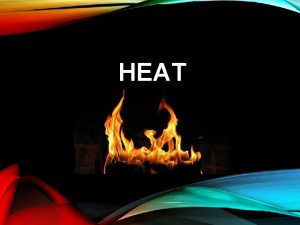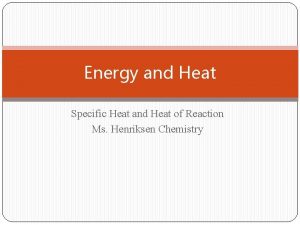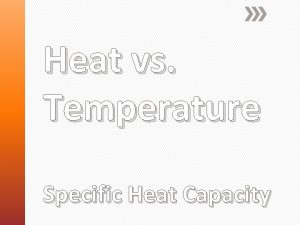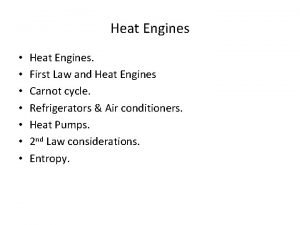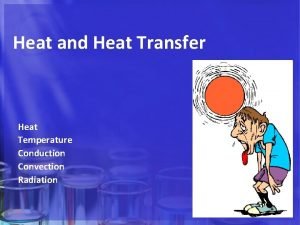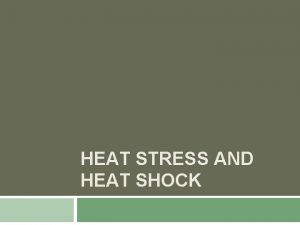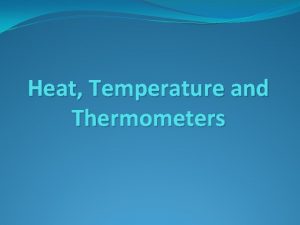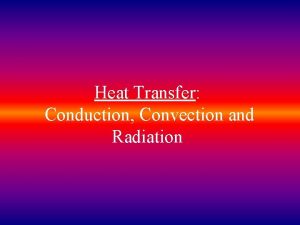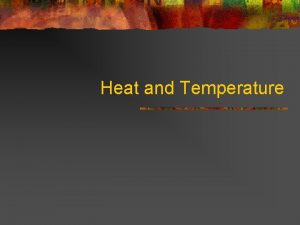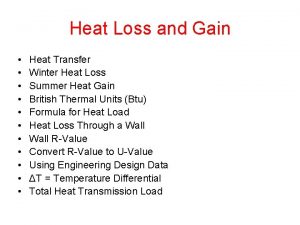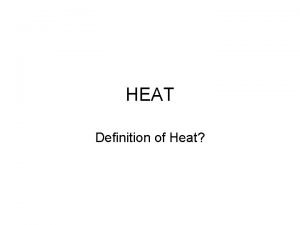Chapter 4 Work and Heat 4 1 WORK











































- Slides: 43

Chapter 4 Work and Heat

4. 1 WORK n n From a macroscopic point of view, Work is done by a system if the sole effect on the surroundings (everything external to the system) could be the raising of a weight. Work is a form of energy in transit.

Work Crossing Boundary of a System • Work done by a system is considered positive • Work done on a system is considered negative.


4. 3 WORK DONE AT THE MOVING BOUNDARY of a SIMPLE COMPRESSIBLE SYSTEM

Pressure versus Volume


Work Is a Path Function.

Point Functions n n Thermodynamic properties are point functions that for a given point on a diagram (such as Fig. 4. 5) or surface (such as Fig. 3. 12), the state is fixed, and thus there is a definite value of each property corresponding to this point.

n Point functions are exact differentials.

n Path functions are inexact differentials. , never write W 2 -W 1

Polytropic Process n n Path-functional relationship is a process called a polytropic process. PV n = constant

Work done in polytropic process

Example 4. 1





Work Done in Various Processes

Example 4. 2 =


Example 4. 3

Solution damping

4. 4 OTHER SYSTEMS THAT INVOLVE WORK n n Other types of systems in which work is done at a moving boundary. In this section we briefly consider three such systems, a stretched wire, a surface film, and electrical work.

A Stretched Wire

Example 4. 4

Work Done on a Liquid Film System d. A

Work

4. 5 CONCLUDING REMARKS REGARDING WORK

Example of process involving a change of volume for which the work is zero ( Fig. 4. 13 )

n n However, this is not a quasi-equilibrium process, and therefore the work cannot be calculated from this relation. Because there is no resistance at the system boundary as the volume increases, we conclude that for this system no work is done in this process of filling the vacuum.

4. 6 DEFINITION OF HEAT n n Definition of heat is out of a transfer of energy. Heat is defined as the form of energy n n that is transferred across the boundary of a system at a given temperature to another system (or the surroundings) at a lower temperature by virtue of the temperature difference between the two systems. Heat can be identified only as it crosses the boundary. Thus, heat is a transient phenomenon.

n n A body never contains heat. If we consider the hot block of copper as one system and the cold water in the beaker as another system, we recognize that originally neither system contains any heat (they do contain energy, of course).

n n The units for heat are the same as the units for work. In the International System the unit for heat (energy) is the joule. Heat transferred to a system is considered positive, and heat transferred from a system is negative. A process in which there is no heat transfer (Q =0) is called an adiabatic process.

n From a mathematical perspective, heat, like work, is a path function and is recognized as an inexact differential.


4. 7 HEAT TRANSFER MODES n n Conduction - The energy exchange between molecules is heat transfer by conduction, and it increases with the temperature difference and the ability of the substance to make the transfer.

Convection n n Convection takes place when a media is flowing. In this mode, the bulk motion of a substance moves matter with a certain temperature over or near a surface with a different temperature.

Radiation n n Radiation -The final mode of heat transfer transmits energy as electromagnetic waves in space. The transfer can happen in empty space and does not require any matter, but the emission (generation) of the radiation and the absorption does require a substance to be present.

4. 8 COMPARISON OF HEAT AND WORK n 1. 2. 3. Similarities between heat and work Both are transient phenomena. Both are boundary phenomena. Both are path functions and inexact differentials.

n Difference between heat and work Which crosses the boundary of the system, heat or work?

Which crosses the boundary of the system, heat or work? Fig. 4. 16

 What is specific latent heat
What is specific latent heat Chapter 4 section 1 work and machines answer key
Chapter 4 section 1 work and machines answer key Specific heat of water
Specific heat of water Example of combination cooking method
Example of combination cooking method Relationship between heat and work
Relationship between heat and work What is the relationship between heat and work
What is the relationship between heat and work Relationship between heat and work
Relationship between heat and work Differentiate between heat and temperature
Differentiate between heat and temperature Conversion of work into heat and vice versa
Conversion of work into heat and vice versa Chapter 21 temperature heat and expansion
Chapter 21 temperature heat and expansion Chapter 15 temperature heat and expansion
Chapter 15 temperature heat and expansion Chapter 21 temperature, heat and expansion answer key
Chapter 21 temperature, heat and expansion answer key Chapter 7 heat transfer and change of phase
Chapter 7 heat transfer and change of phase Solid liquid gas particles
Solid liquid gas particles Chapter 14 section 1 heat and temperature answers
Chapter 14 section 1 heat and temperature answers Chapter 21 temperature heat and expansion
Chapter 21 temperature heat and expansion Chapter 21 temperature heat and expansion
Chapter 21 temperature heat and expansion Chapter 16 thermal energy and heat
Chapter 16 thermal energy and heat Osha heat work/rest chart
Osha heat work/rest chart Osha heat work/rest chart
Osha heat work/rest chart 5 heat stove switch diagram
5 heat stove switch diagram The ability to do work or transfer heat
The ability to do work or transfer heat Hard work vs smart work
Hard work vs smart work Work energy theorem
Work energy theorem Chapter 22 heat transfer
Chapter 22 heat transfer Chapter 23.1 performing range of motion exercises
Chapter 23.1 performing range of motion exercises Solar radiant energy is composed of short waves
Solar radiant energy is composed of short waves Chapter 17:6 providing first aid for burns
Chapter 17:6 providing first aid for burns Chapter 17:4 providing first aid for shock
Chapter 17:4 providing first aid for shock Heat transfer
Heat transfer Chapter 7 work design and measurement
Chapter 7 work design and measurement Chapter 14 section 1 work and power
Chapter 14 section 1 work and power Chapter 5 work laws and responsibilities answer key
Chapter 5 work laws and responsibilities answer key Chapter 14 work power and machines
Chapter 14 work power and machines Chapter 14 work power and machines
Chapter 14 work power and machines Chapter 11 work and energy
Chapter 11 work and energy Energy work and simple machines chapter 10 answers
Energy work and simple machines chapter 10 answers Chapter 14 work power and machines
Chapter 14 work power and machines Chapter 8 work and power answers
Chapter 8 work and power answers Chapter 10 energy, work and simple machines answer key
Chapter 10 energy, work and simple machines answer key Energy work and simple machines chapter 10 answers
Energy work and simple machines chapter 10 answers Chapter 6 work and energy powerpoint
Chapter 6 work and energy powerpoint Chapter 6 student and work ethics
Chapter 6 student and work ethics Chapter 10 work energy and machines
Chapter 10 work energy and machines




